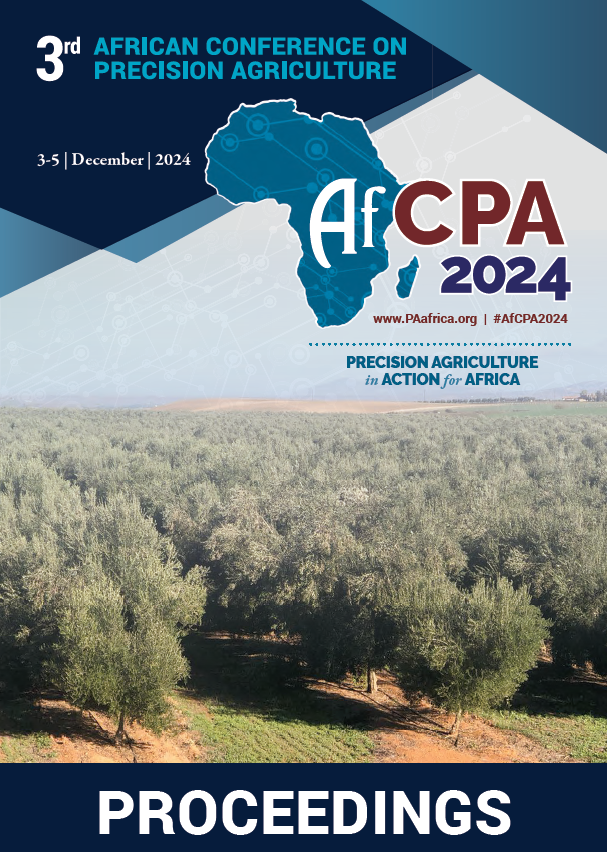Download the Conference Proceedings
Get your copy of the 2024 African Conference on Precision Agriculture Proceedings today! Download the PDF file and view all of the available proceedings.
Proceedings
Authors
| Filter results1 paper(s) found. |
|---|
1. Irrigation Regimes and Mulching Effect on Fruit Yield and Water Stress Index of Tomato (Solannum Lycopersicum L.) Varieties in the Guinea Savannah Agroecology of Ghana... R. Adombilla |
